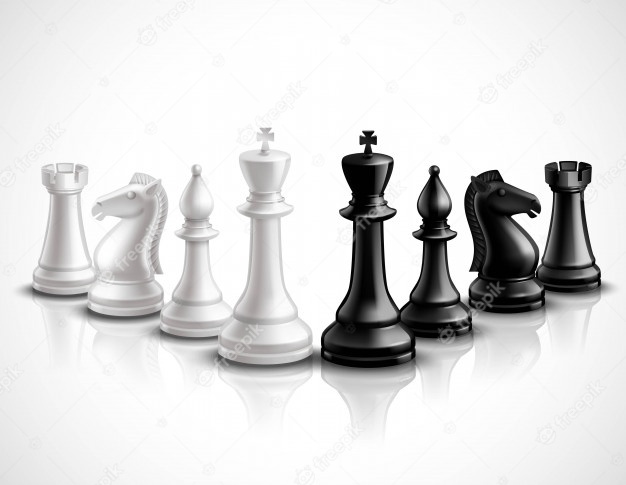
Since childhood, we Indians have seen this checkered wooden board with ornate pieces of multiple shapes, in our homes. We knew it was a prized piece as adults hovered all around it, showing their possession to friends and playing endless games, while children were forbidden to touch those very tempting carved shapes.
It is estimated that around 70% of all adults in India have played chess in their lives at some time or another. What is all the more surprising is that a large percentage of these carry on their passion for chess throughout their lives. Let’s understand what it takes to make these stimulating and curvaceous bodies that not many can keep their hands off from.
The 32 pieces of chess, in two contrasting colours, are all made of rigid material such as wood, ivory, or plastic. Early European chess pieces were made in precious metals and stones and were enamelled. As the game of chess became more widespread in the 19th century, there was less demand of ornate pieces, these turned into cylindrical chunks with elaborate carved surfaces. These continued until about 1860, when they were outmoded by the Staunton chess pieces, the standard design of the 20th century, originated by Howard Staunton, who registered the pattern in 1849.
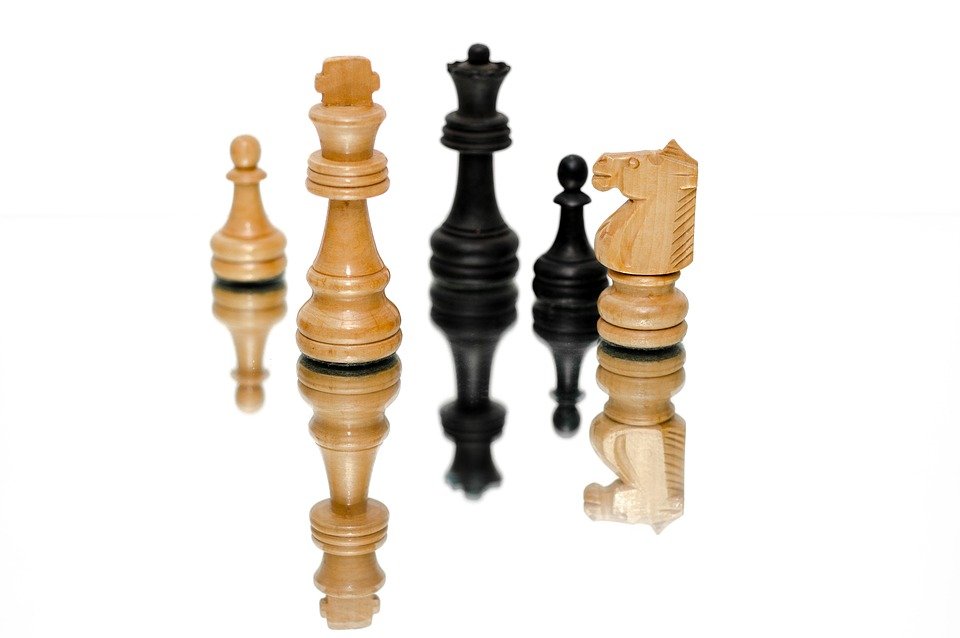
One can find plastic sets that are easily available for Rs. 500 or so, but a wooden set certified for the World Chess Championship may cost Rs 3,500 or more. The value of this eminent set is determined through the craftsmanship i.e., how well is each piece made.
There are less than 10 individuals who have been trusted to carve the knights for the official World Chess Championship set. At a factory in Amritsar, India, artisans carve these pieces or chessmen for the official World Chess Championship sets, and the factory produces only 250 of them.
Each year, artisans train over 4 to 5 months learning to masterfully shape each figure. Before artisans begin to carve, artisans use particular steel tool called cutters, designed to make the proper cuts and overall shape of a chessman. With every shaving and small incision, master artisans turn these trunks of wood into 32 hand carved chess pieces. Once the cutter makes contact, it immediately changes the wood, and any slight misstep could ruin the final shape of the piece.
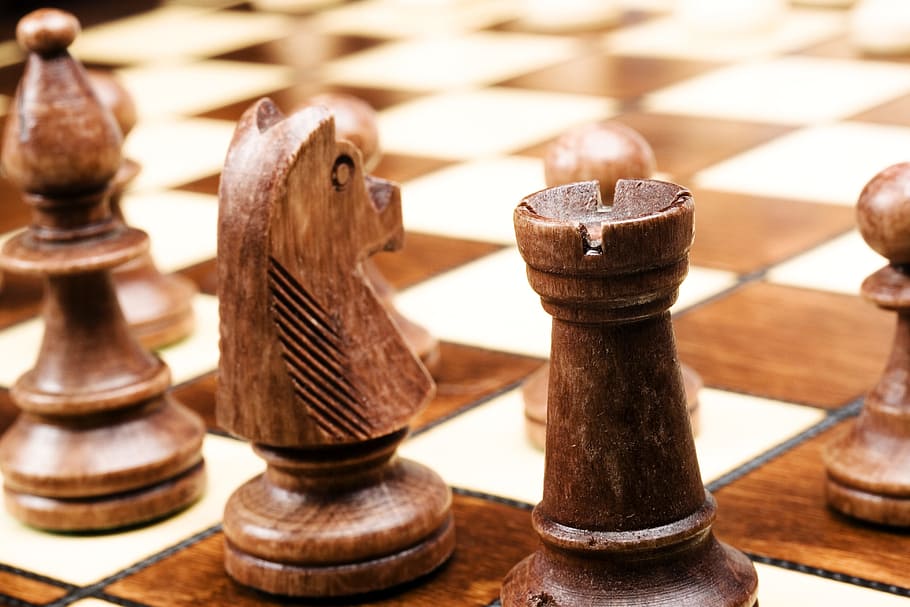
No piece is more difficult to produce than the Knight. While other pieces are carved in just a few minutes, a single Knight takes two hours to produce. Less than 10 people are trained to craft Knights for these Championship sets, hence 4-5 months spent to produce them. But unlike these other chessmen, the Knight isn’t an abstract representation of a medieval figure.
It is designed to look like a realistic Horsehead. It is the most detailed of all the pieces. Each carving is intentional, from the hair on a Knight’s tail to the curve of its neck. The quality of the final piece largely depends on the skill of the artisan. A good quality Knight must be completely symmetrical, but it’s just as important that all four Knights in the set look totally uniform, else the set won’t be nearly as valuable. According to the House of Staunton, a large manufacturer of chess sets, “a set of finely carved nights can represent up to 50% of the total cost of the chessmen.”
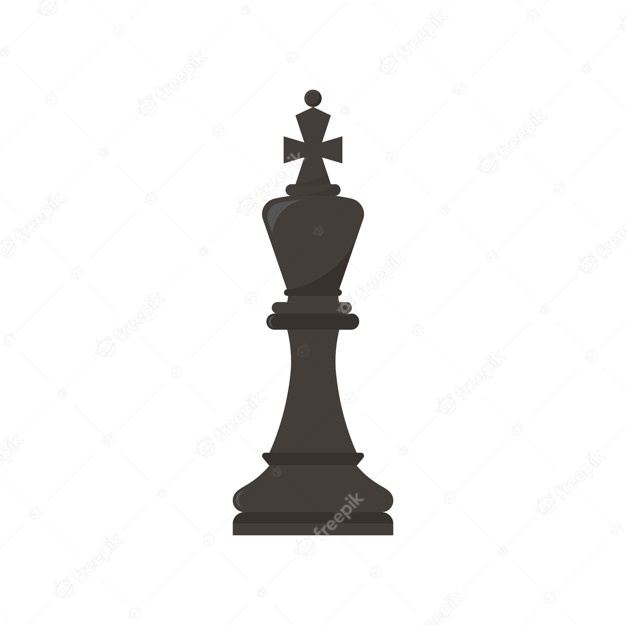
The other chessmen have specific height and width requirements too. As specified by the renowned architect Daniel Weil, the King must be the tallest at 95 millimetres and have a base that is 39 millimetres wide, the largest of them all. The pieces have defining characteristics like the King’s Crown, or the refined jewel at the top of the Queen’s cornette. These distinct features require more time and effort for the carver. The King’s Crown in a Championship set should have eight small cuts and be slightly rounded along the edges. Compare this King to the King of a regular set, which has a much simpler, straight edge design.
The artisans share that while carving chessmen for a Championship set, they are only able to make 25 to 30 Kings in a day because of its special design. Each piece must be the correct height, the King being the tallest, followed by the Queen, Bishop, Knight, Rook and Pawn. The detailed features are also essential to lower the chances of a player’s mistakes. In the current form, you can identify the Kings properly. The Knight are very distinguished, the Bishop has a mitre cut, the Queen is very sharp, so one can easily distinguish between all the six pieces.
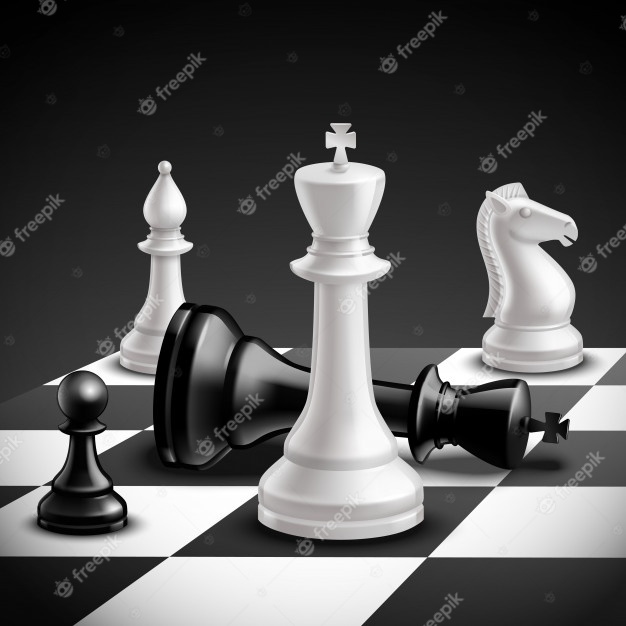
The pieces used in the Championship match have an electronic oil making it possible to track and broadcast each players move. A full set with this special tracking component costs about 700 dollars or more. The weight of each piece, along with the felt bottom, are two more significant factors that affect the game. Both make the chessmen easier to use, effectively upping their value. If the pieces are properly weighed, they do not fall while one moves the pieces on the board. It also gives a nice finish and a special feel to a chessman.
Some chessmen are dyed black and dried for 10 days. All of the pieces are polished three times before they are assessed for quality.
Although the demand for fine chess sets is increasing, it poses a challenge for the chess producers to train highly skilled carvers. Even after 4 – 6 months of training, one cannot guarantee that the carver would be good enough to carve fine chessmen. This ambiguity leads to apprehension in training too many people for the job. Hence, the paradox of not having enough experience carvers. As the production of good chess sets becomes difficult, in future, the hand-carved ones could become even more expensive.
Monica (Managing Editor) is the quintessential researcher - she thrives on showcasing overlooked aspects that form the foundation blocks of people, places and issues. She is a social scientist by profession with masters in Economics and loves to travel.